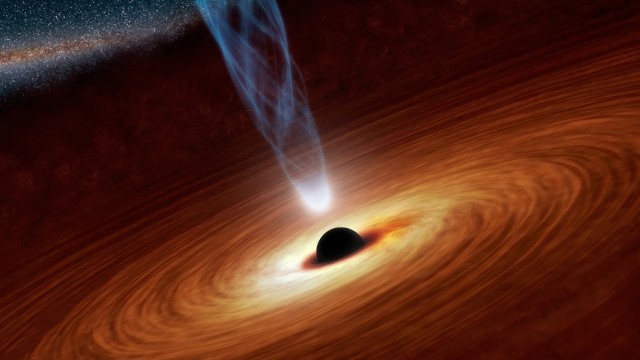How to build a supermassive black hole in less than a billion years
Ars Technica » Scientific Method 2014-08-12

As far as we can tell, nearly every galaxy out there has a supermassive black hole at its core. And when these black holes are actively ingesting matter, they create quasars, the brightest objects we've ever detected. Quasars appear to be present in some of the earliest galaxies we can detect, from when the Universe was only six percent of its current age.
That's a bit of a problem. The radiation a black hole emits while swallowing matter places a speed limit on the amount of matter it can ingest. Currently, we simply don't know how black holes got big enough to power a quasar less than a billion years after the birth of the Universe. But a paper from last week's edition of Science suggests that the stars present at the galaxy's core might cause gravitational instabilities that let the black hole overcome the speed limit on its growth.
Black holes are famous for having a point of no return, a distance where even photons cannot escape their gravitational draw. But beyond that point, the infalling matter can form what's called an accretion disk, where its interactions with the intense magnetic and gravitational fields send copious amounts of matter and energy flowing away from the black hole.
Read 8 remaining paragraphs | Comments